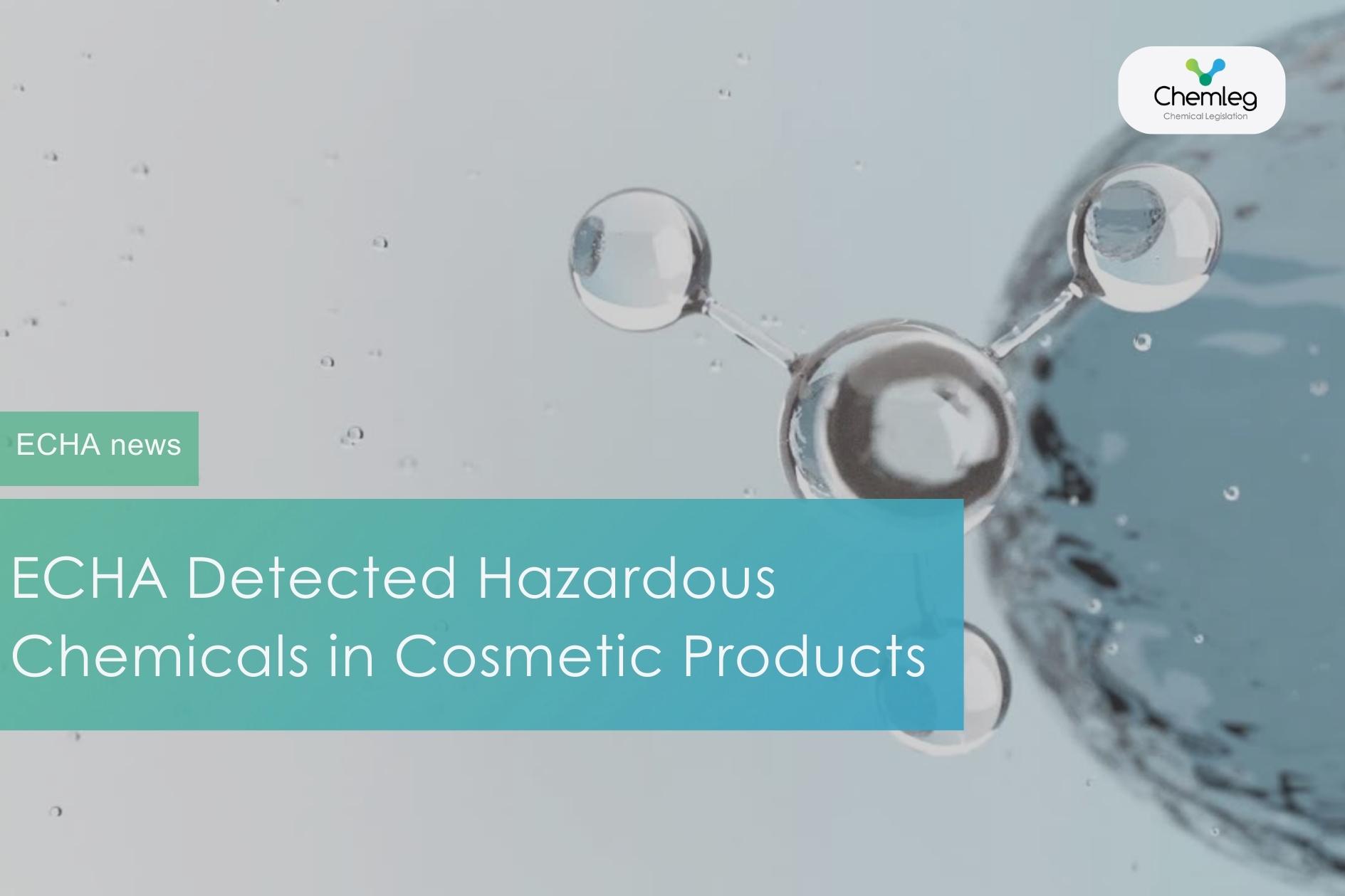
Hazardous Chemicals Found in Cosmetic Products
ECHA Has Conducted a Pilot Project on Cosmetic Products
According to a pilot project conducted by the European Chemicals Agency (ECHA) between November 2023 and April 2024, 6% of the 4,500 cosmetic products analyzed across 13 countries contain hazardous substances banned under the Persistent Organic Pollutants (POPs) and REACH Regulations.
ECHA is responsible for the REACH and POPs Regulations, which also apply to cosmetic formulations. This project focused on monitoring the presence and compliance of PFOA, D4/D5, and PFCAs and related substances in cosmetics.
In this Project, authorities discovered that 285 of these products contained banned hazardous chemicals. These are as below:
- Perfluorononyl dimethicone
- Perfluorooctylethyl triethoxysilane
- Perfluorononylethyl carboxydecyl PEG-10 dimethicone
- Cyclopentasiloxane (D5), cyclomethicone (a blend of D4, D5, and D6), and cyclotetrasiloxane (D4)
These substances were previously prohibited or restricted due to their designation as persistent organic pollutants (POPs) or due to of their (very) persistent, (very) bioaccumulative, and toxic (PBT/vPvB) properties .
According to ECHA, Perfluorononyl dimethicone is most commonly found in eyeliners and lip liners in pencil or crayon form, while D4 and D5 are present in hair conditioners and hair masks.
The ECHA Enforcement Forum has implemented measures to remove non-compliant products from the market. In most cases, suppliers initially received a written advisory to help them comply with legal standards. Investigations were ongoing in nearly half of the cases examined, while the report was being written.
For further details on this study, you can refer to the FORUM Project Report on ECHA’s news page.
This article was originated from ECHA.
